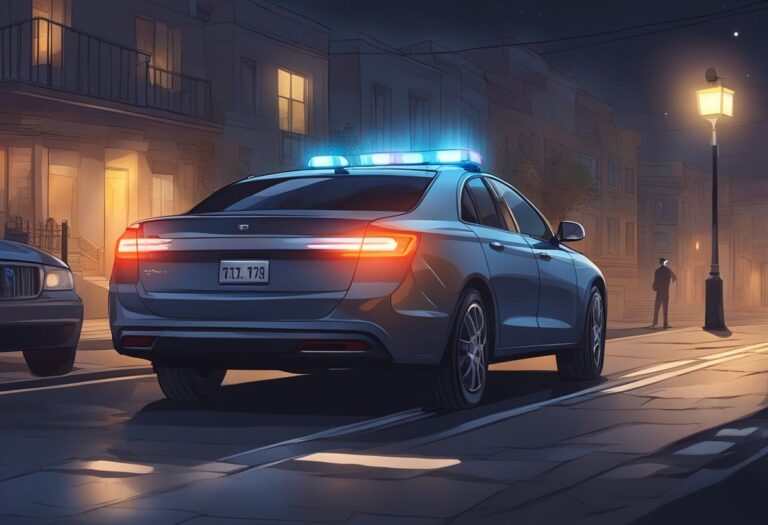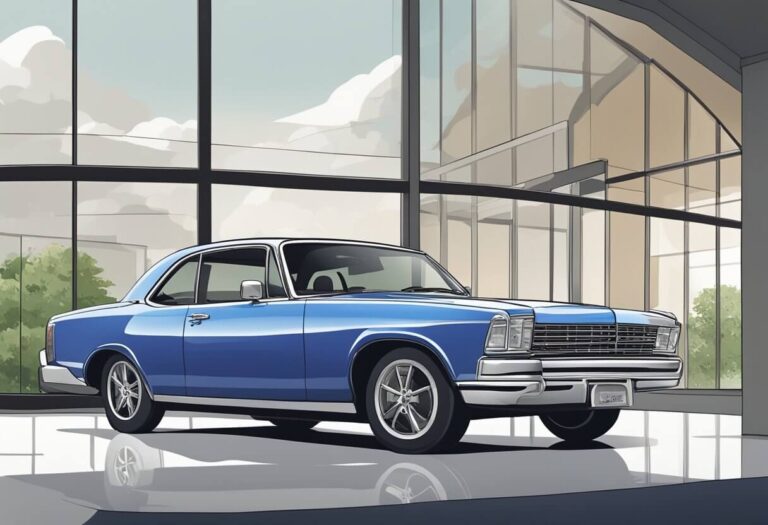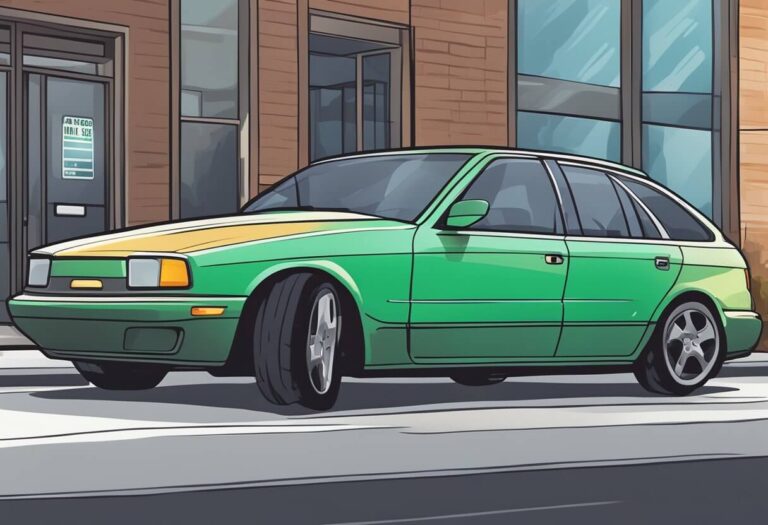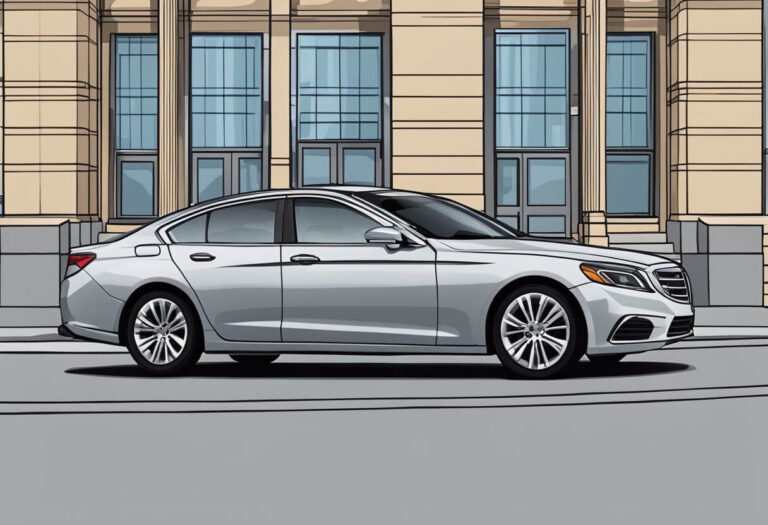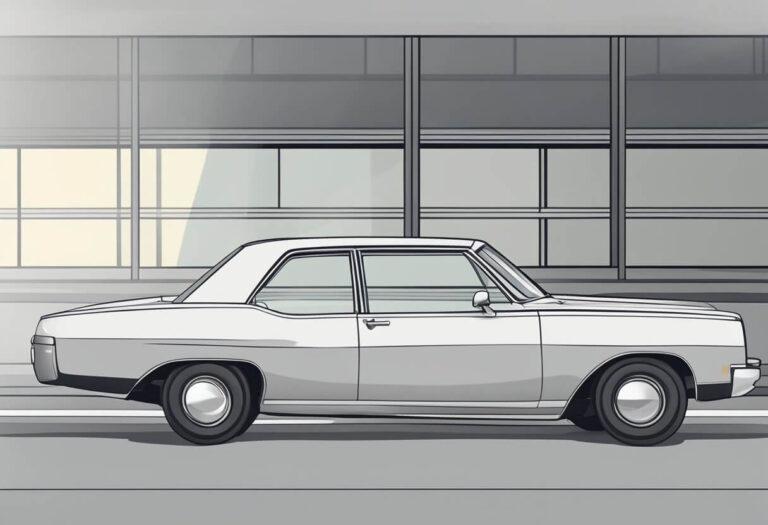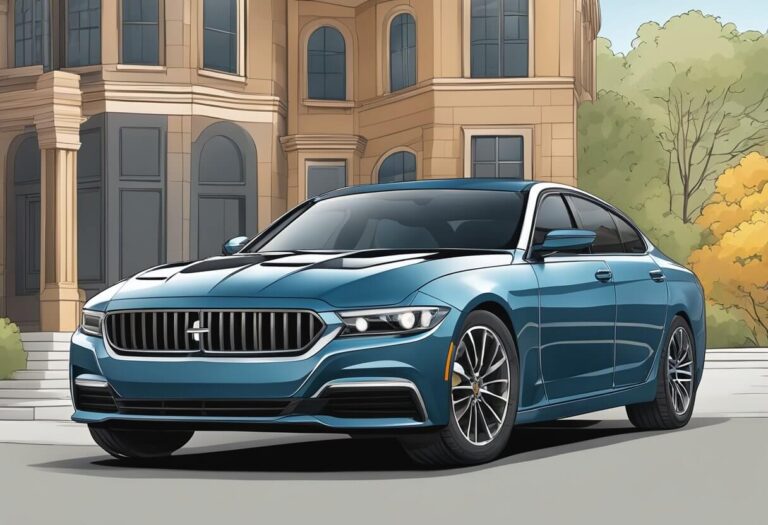Is Ceramic Window Tint Legal in 2024? State-by-State Guide
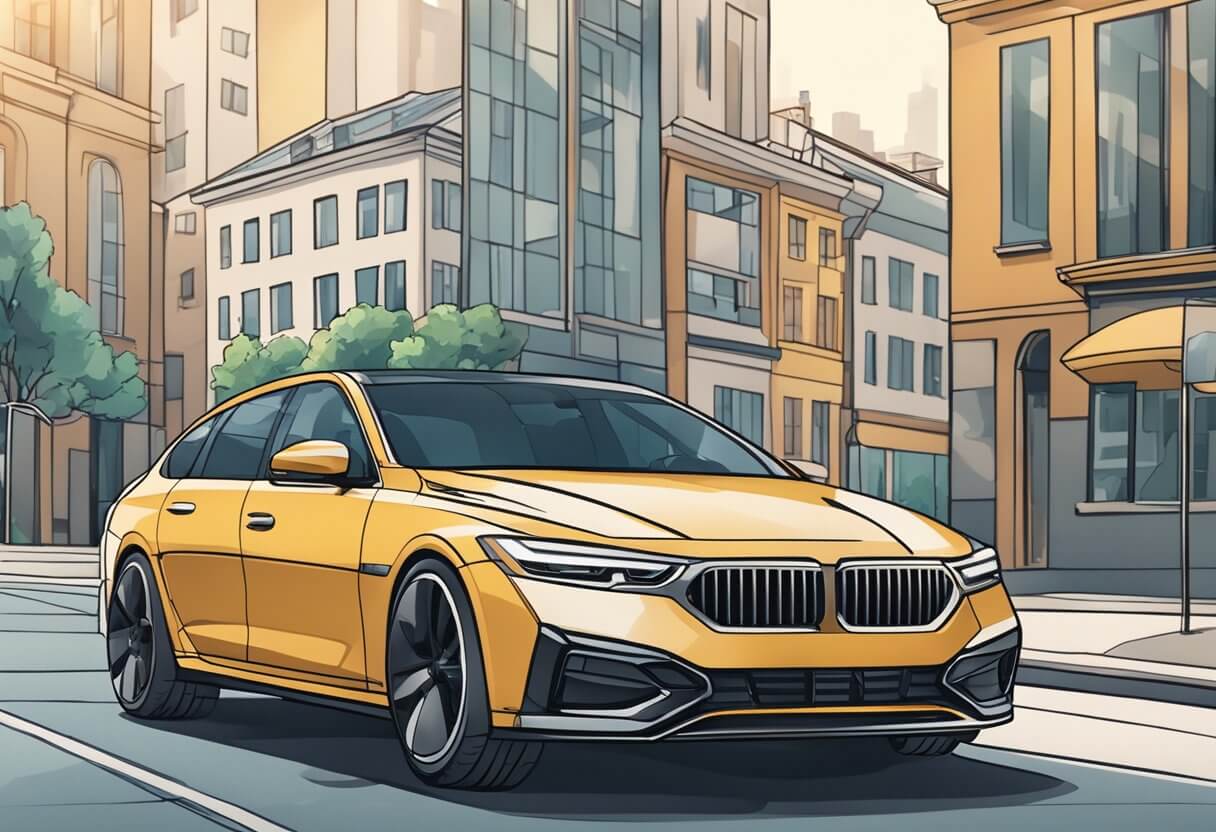
Have you ever felt like you were slowly baking in your car during the summer months? As soon as you turn on the engine, the sun’s intense rays stream through the windows creating an instant sauna. Ceramic window tint seems like an easy solution offering cooler interiors, UV protection, and privacy. But is this innovative window tint actually legal?
The short answer – in most states, yes! But ceramic tint legality varies based on location and the amount of visible light transmission permitted through your car’s windows. Read on to understand regulations in your state and the exact legal specifications for 2024 window tint laws.
In this comprehensive guide, we will cover:
- What is ceramic tint and its key benefits
- Overview of window tint laws by state and why legal tint levels differ
- Ceramic tint legality specifications state-by-state
- Consequences for illegal use and enforcement penalties
- Available medical and health exemptions
- Professional installation recommendations
- The outlook for 2024 window tint legality and regulations
So whether you’re looking to stay cool, protect vehicle interiors, or just add some style to your ride – understanding the ins and outs of ceramic window legality is key for staying on the right side of the law. Let’s dive in!
What Exactly is Ceramic Tint?
Before analyzing whether this innovative window film is legal in your state, it’s important to understand exactly what ceramic tint is and why it offers improved performance over alternatives.
Ceramic tint refers to a specialized type of window tint that incorporates a layer of microscopic ceramic particles within the film. This unique composition blocks more infrared rays and prevents heat from entering your car.
Here are the key benefits ceramic tint offers over traditional dyed films:
- Superior heat rejection – Ceramic tint can reduce in-car temperatures by up to 60%. By keeping UV rays out, it creates a cooler driving experience.
- UV ray protection – The ceramic layer blocks over 99% of harmful ultraviolet rays preventing sun damage to skin and interiors.
- Minimal glare – Its non-reflective nature also minimizes glare and eye strain for safer, more comfortable drives.
- Signal-friendly – Unlike metalized films, ceramic allows radio, GPS, and cellular signals to transmit freely.
- Visual appeal – It adds a luxurious, jet-black hue for sleek aesthetics.
With these performance and aesthetic perks, it’s easy to see the appeal of ceramic tint. But given the strictly enforced laws limiting window darkness, is it actually legal?
Why Do Window Tint Laws Vary By State?

Window tint laws regulate the allowable levels of visible light transmission (VLT) through car windows. VLT measures the percentage of external light that passes through.
States set legal specifications based on:
- Driver visibility – Front windows need adequate clarity to safely view hazards.
- Police safety – Ability to assess threats and see occupants during traffic stops.
- Light penetration – Balance privacy with sufficient interior illumination at night.
Typically, regulations permit darker tints on rear windows since it does not impact front visibility. However, the specifications still widely vary across states from the very permissive to stringent:
With this context on legal considerations and variability, let’s breakdown ceramic tint legality in key states.
Is Ceramic Window Tint Legal in California?
Known for sunny weather and strict enforcement, what do California’s 2024 window tint laws permit when it comes to ceramic options?
Legal Specifications for Ceramic Tint in California:
- Windshield:
- Non-reflective tint permitted on top 4 inches below AS-1 line
- Must allow over 70% VLT
- Front side windows:
- Must allow over 70% VLT
- Back side windows:
- Any tint darkness allowed
- Rear “back” window:
- Any tint darkness allowed
California sets quite restrictive front window visibility requirements while allowing unlimited darkness in the rear. For the windshield, a 4 inch gradient ceramic tint can help reduce glare and heat without visibility issues.
Fines and Penalties for Illegal Tint in California:
- Using an illegal tint carries fines from $25 up to $250
- Tickets requiring full removal of unauthorized films
- We recommend professional installation and certificates confirming legal compliance
Ceramic tint legality ultimately depends on following California’s exacting regulations on allowable VLT percentages.asant
Is Ceramic Tint Legal in Texas?
Everything is bigger in Texas they say – but does this apply to freedom around window tinting laws too? Here is an overview of what ceramic window films are permissible in the Lone Star State:
Legal Specifications for Ceramic Tint in Texas:
- Windshield:
- Must allow over 25% VLT
- Front side windows:
- Must allow 25% minimum VLT
- This allows for darker ceramic shades
- Back side windows:
- Any tint darkness allowed
- Rear window:
- Any tint darkness allowed
With their front side window allowance down to 25% VLT, Texas provides more flexibility than California for darker ceramic shades.
Fines and Penalties in Texas:
- Using an illegal tint carries fines from $25 up to $275
- Tickets requiring full removal of unauthorized films
- Avoid reflective tint which is prohibited
With simple compliance to the specifications above, drivers can enjoy ceramic protection without breaking Texas tint laws.
Ceramic Tint Legality in Florida
Florida is notorious for its piercing sunlight and sweltering humidity. But fortunately, the state maintains relatively lenient 2024 window tint legality regulations. Here’s an overview:
Legal Specifications for Ceramic Tint in Florida:
- Windshield:
- Must allow over 70% VLT
- Front side windows:
- Must allow over 28% VLT
- Back side windows:
- Any tint darkness allowed
- Rear window:
- Any tint darkness allowed
With a 28% VLT threshold on front side windows, Florida allows for reasonably dark ceramic shades to help reject heat and UV rays.
Fines and Penalties in Florida:
- Using an illegal tint carries fines from $500 for a first offense
- Tickets requiring full removal of unauthorized films
- Avoid reflective tint which is prohibited
With year-round sun exposure, ceramic tint can provide desired protection from the heat and UV rays with an attractive blackout appearance. As long as shades comply with the relatively flexible legal specifications, Florida drivers can reap the benefits without risking legal repercussions.
Ceramic Window Tint Legality in Pennsylvania
While Pennsylvania has less year-round heat than southern states, increasingly erratic weather still makes temperature control and UV defense important. So what are Keystone State resident’s options for legal ceramic tints?
Legal Specifications for Ceramic Tint in Pennsylvania:
- Windshield:
- Must allow over 70% VLT
- Front side windows:
- Must allow over 70% VLT
- Back side windows:
- Any tint darkness allowed (with dual side mirrors)
- Rear window:
- Any tint darkness allowed (with dual side mirrors)
Under Pennsylvania laws, vehicles can have unlimited darkness on rear windows provided they equip dual side mirrors for safety.
Fines and Penalties in Pennsylvania:
- Using an illegal tint carries fines of $110
- Tickets requiring full removal of unauthorized films
Medical and Health Exemptions:
- With doctor certification, specialized non-reflective window tint films are permitted for protection from conditions like lupus and photosensitivity
By following the specifics applicable to vehicle type and heirs purpose, Pennsylvanians can legally experience the benefits provided by ceramic technology.
Professionally Installing Ceramic Tint Legally
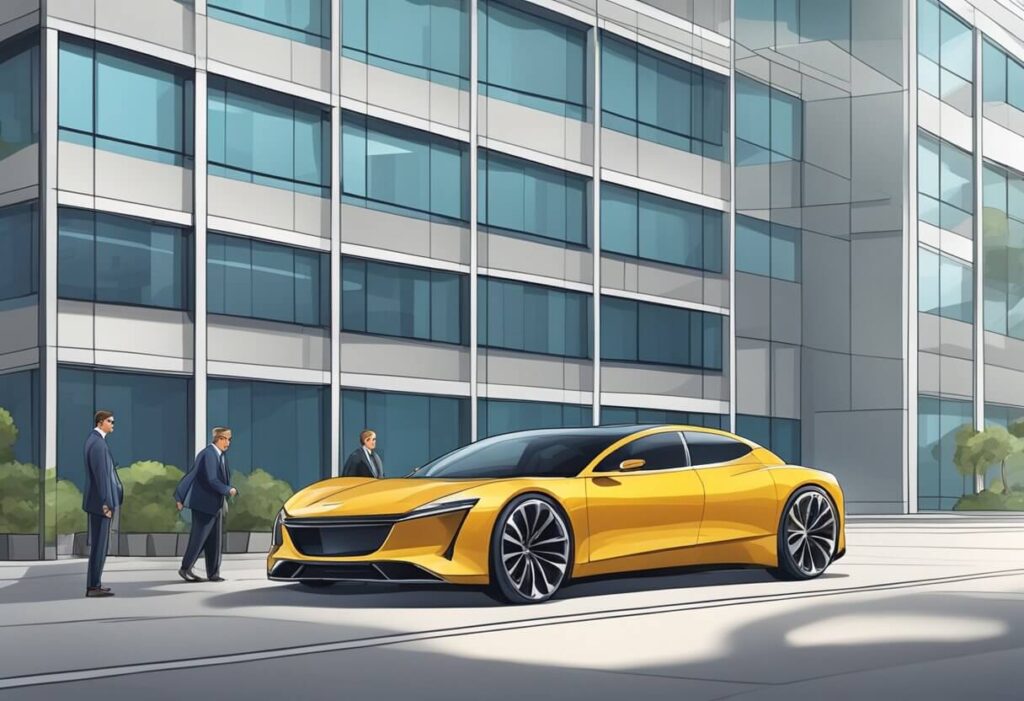
While the legality specifications seem straightforward for individual states, proper installation also plays a key role in upholding the law.
Improper application by amateurs can lead to:
- Bubbles, distortions, and debris hampering visibility
- Inconsistent coverage failing to meet regulations
- Damage to window seals and electronics
Professional installers have the expertise and experience to apply ceramic film cleanly while optimizing heat and glare protection. They also provide documentation like certificates of compliance proving adherence to each state’s required VLT percentages.
Seeking professional assistance also serves as a chance to evaluate which legal ceramic shade makes most sense for your car type. An expert can assess the windshield angle, window exposures, and any pre-existing issues to recommend an ideal solution.
While affordable DIY options are available, paying a little bit more for a pro install helps ensure your new ceramic tints follow the law, function properly, and look amazing.
Consequences and Penalties for Using Illegal Window Tint
We’ve covered the regulations dictating legal usage in various states, but what happens if you’re caught with non-compliant windows?
Unfortunately, illegal tint still attracts plenty of attention from traffic enforcement officials. Violations generally result in the following:
- Tickets – Expect to receive a “fix-it” citation with associated court fees based on local ordinances. State fees range from $25 up to $500.
- Tint Removal Requirement – Most tickets compel removing the non-compliant film to regain legal visibility thresholds.
- Future Police Stops – Illegal tint instantly attracts attention increasing likelihood of future stops to check compliance.
- Fines From Repeat Violations – Continually driving with illegal films leads to rapidly increasing penalty fees.
Compared to the upfront investment and hassle of professional installation, paying tickets and fines ends up costing vehicle owners much more both financially and in time. Don’t learn about ceramic tint legality the hard way!
Medical and Health Exemptions for Darker Window Tints
While heavily tinted windows can hinder outward visibility, for some drivers limiting light transmission provides necessary medical benefits.
Occupants suffering from conditions like lupus, migraines, PTSD and similar disorders aggravated by exposure to bright light can obtain special exemptions for darker tinting.
The process involves:
- Consulting a board-licensed dermatologist or ophthalmologist
- Obtaining a signed medical exemption document certifying the health necessity
- Carrying the letter while driving to document the exception
- Using strictly non-reflective films still permitting some visibility
Unfortunately generalized discomfort from sun glare alone does not meet medical approval thresholds – admissible conditions must demonstrate specific medical necessity.
However, when properly certified, all states offer exemptions permitting darker films beyond normal visibility thresholds. This enables healthier, more comfortable driving without breaking updated 2024 window tinting laws.
Outlook for Ceramic Tint Regulations
Over the last decade, the outlook for increased leniency around window tint legality has continued trending upwards. For example, many states now permit darker rear tints after initially enforcing fixed visible light transmission percentages matching front window regulations.
Advances in nano-ceramic technology also led product innovations delivering better heat protection in lighter shades with less signal interference. These breakthroughs addressed visibility and safety concerns forming the basis of many outdated policies.
As ceramic films and enforcement techniques continue maturing in effectiveness and precision, regulations should gradually permit broader usage meeting driver needs without sacrificing road safety.
We project this gradual shift will open allowances for modestly darker ceramic shades on front driver windows where maximum visibility proves less essential. Of course, state-specific updates still depend on local political support and priorities.
But the overall outlook remains positive for increased mainstream adoption as innovations stand to benefit all parties with smarter ceramic solutions.
The Verdict: Is Ceramic Window Tint Legal Where You Live?
We’ve covered quite a bit of ground analyzing the ceramic tint landscape, so let’s recap the key conclusions:
- Ceramic tint legality depends on state window tinting regulations dictating permissible visible light transmission percentages – typically darker shades allowed in the rear
- Though general permissibility continues improving with advanced material innovations, specific legal specifications still vary widely by location
- Professional installation represents the best route for satisfying legal requirements while optimizing performance
- For those needing exceptions for medical necessity, health exemptions enable access to additional protection
While rules constantly evolve, our state-by-state guidelines should equip you to make an informed decision about ceramic solutions for your unique climate, driving needs, and regulations.
Ultimately for most states, the tremendous benefits ceramic offers over alternatives make navigating the particular legal specifications well worth the effort. Nothing quite compares to driving cooler in the summer while protecting occupants and interiors from UV damage.
Whether you’re tackling scorching stretches of Texas highway or Pennsylvania’s unpredictable seasonal changes, leverage the power of nano-ceramic technology within your regional constraints.
Your ride and well-being will thank you!

